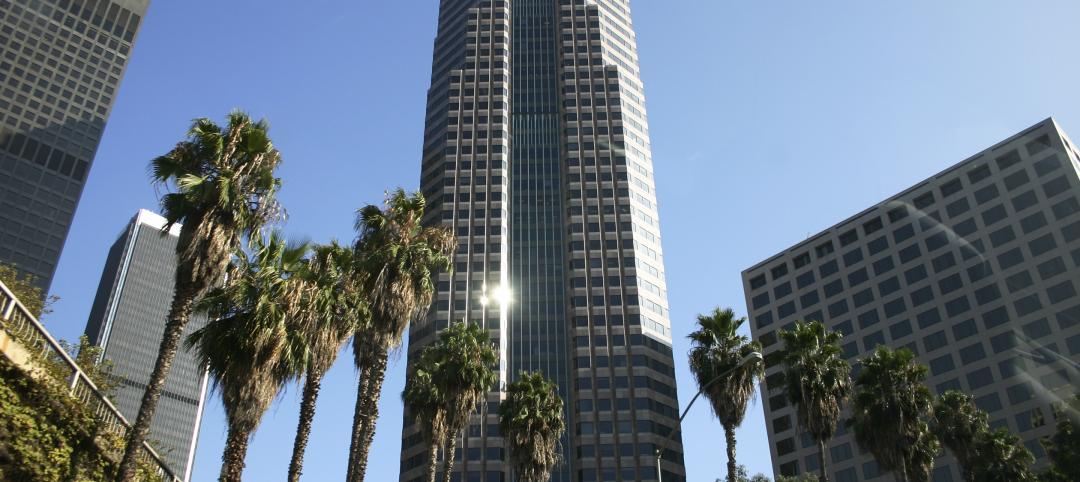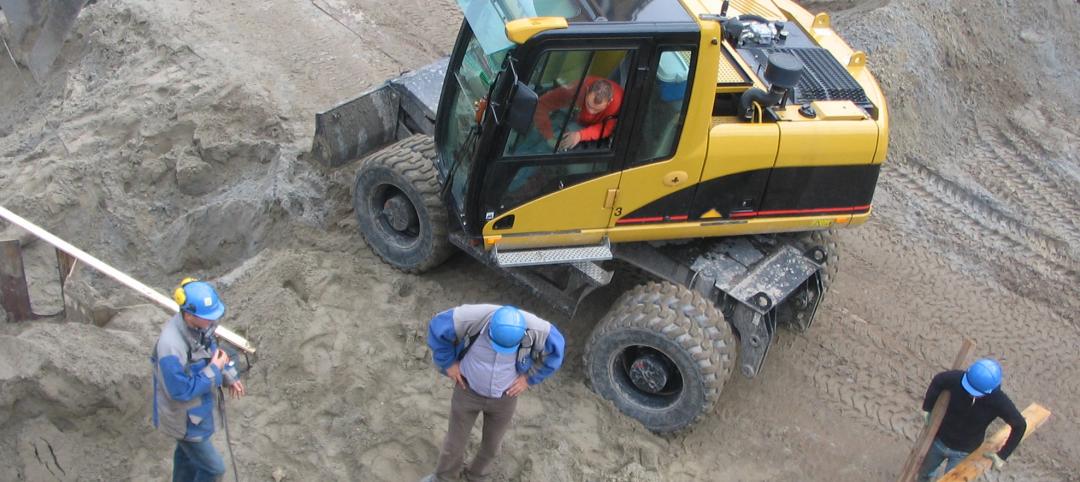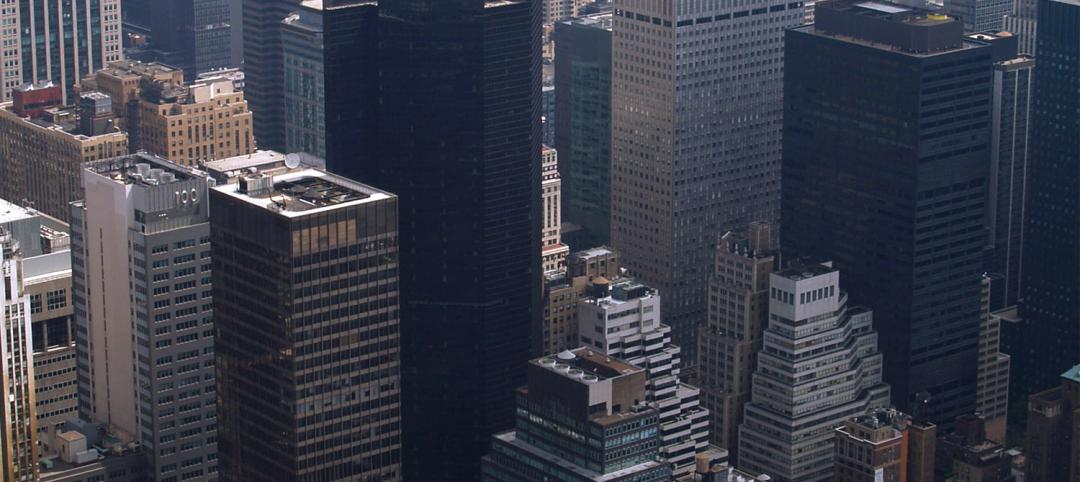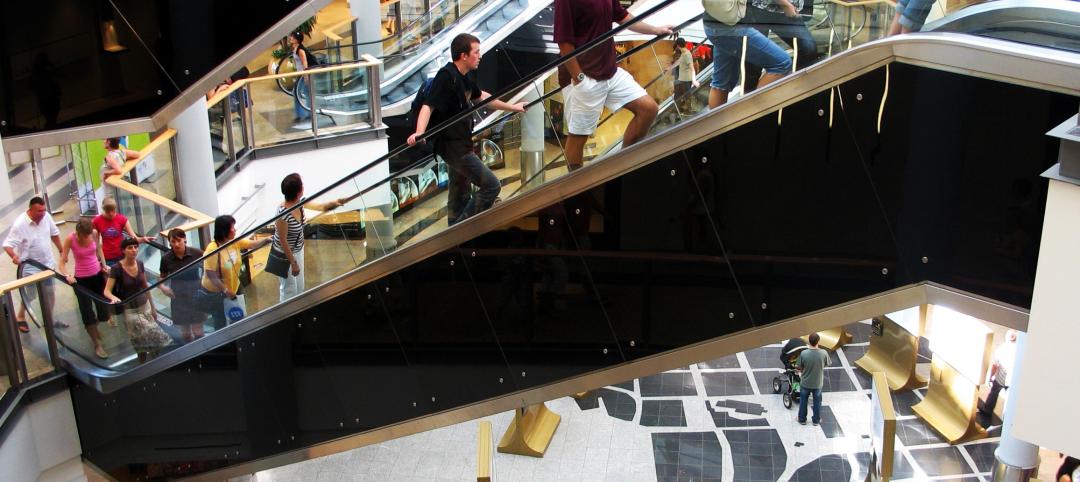The U.S. Green Building Council (USGBC) released a new LEED pilot credit designed to increase transparency in timber supply chains and reduce the risk of illegally harvested wood entering the supply chain.
Development of the Timber Traceability LEED pilot credit was led by a team of timber legality, forestry, and environmental representatives from organizations recognized for leading the fight against illegal logging. Transparency regarding the origin of timber, combined with the use of modern wood identification technologies, can significantly reduce the risk of illegal timber entering the supply chain, according to a USGBC news release.
Drawing on successful anti-counterfeiting initiatives in fashion and the global honey trade, experts believe that DNA, mass spectrometry, and stable isotope analysis can help wood to be traced from end product to its forest origin. This will make it significantly more difficult to falsify documentation about where the timber was harvested.
“Many of the most destructive illegal logging operations around the world depend on masking the true identity and origin of the wood, and this initiative by USGBC tackles that problem directly by incentivizing the latest wood ID technologies,” said Alexander von Bismarck, executive director, Environmental Investigation Agency. “Implementing this credit can lay a foundation to ensure that green buildings don’t become unwitting hiding places for wood stolen from the last great forests of the world.”
Related Stories
| Oct 28, 2011
Los Angeles County mulling building codes for improving health
An ordinance would amend county building codes to promote better walking environments, encourage more bicycling, improve access to healthy foods (farmers markets, community gardens), and enhance project review requirements to ensure that developers include healthy-lifestyle components in their building plans.
| Oct 28, 2011
Bipartisan opposition to federal 3% withholding for contractors
Both major political parties and the Obama Administration support repealing a law that would withhold 3% of all government contracts.
| Oct 28, 2011
OSHA requires training module on top causes of construction deaths
The Occupational Health and Safety Administration (OSHA) now requires a training module on the top four causes of death for construction workers.
| Oct 28, 2011
New York City requiring building energy use to be posted online
Owners of every New York City commercial and residential building larger than 50,000 sf will have to post each building’s energy use online by 2013.
| Oct 28, 2011
New ISO standard for escalator safety
A new ISO standard specifies safety requirements for escalators and moving walks.
| Oct 20, 2011
LEED 2012 to require real-time energy, water use reporting
The LEED 2012 rating system, set to launch in November 2012, will contain features to make sure buildings function as intended, and improve over time.
| Oct 20, 2011
New York City moving to speedier, online design reviews
New York City is moving towards a development design review process that will let officials and developers review blueprints for new projects online in a virtual conference room rather than in person.
| Oct 20, 2011
Michigan bill would let private firms operate as a city’s building department
Michigan House Bill 5011 would change state’s building code to allow private companies to operate as a municipality's building department.
| Oct 20, 2011
Alabama’s strict immigration law drives away construction workers
Alabama's strict new immigration law is driving many construction workers and roofers from the state.
| Oct 20, 2011
Fed bill would allow school rehab funding via historic tax credits
Virginia Sens. Jim Webb (D) and Mark Warner (D) introduced a bill this month to rehab aging schools across the country through the use of historic tax credits.











